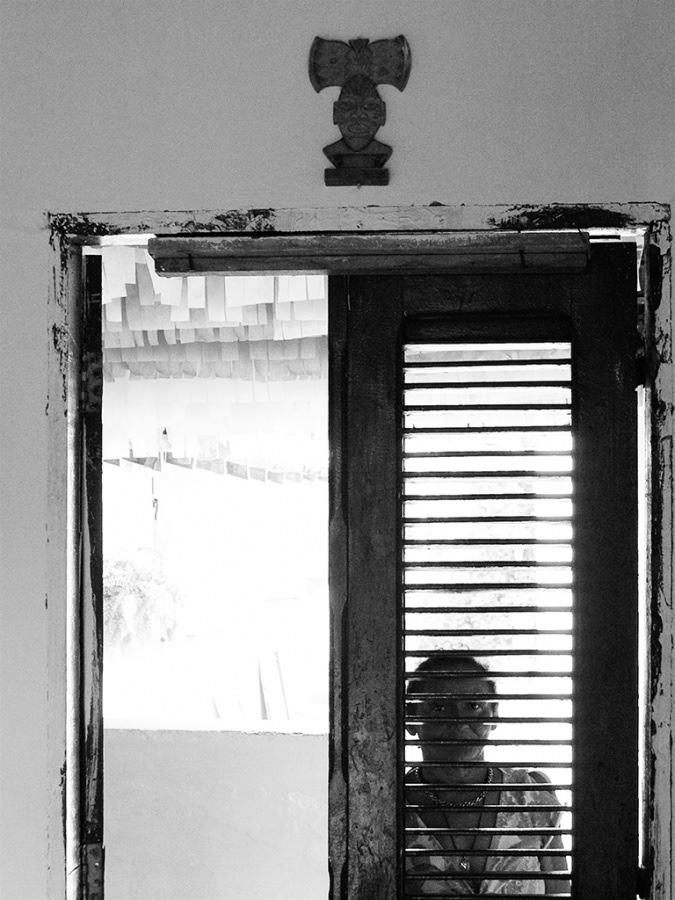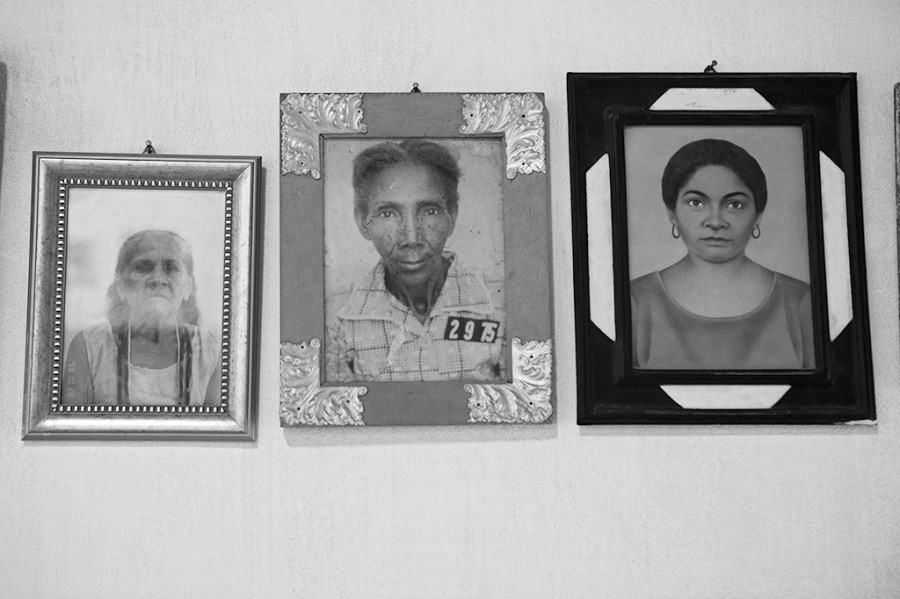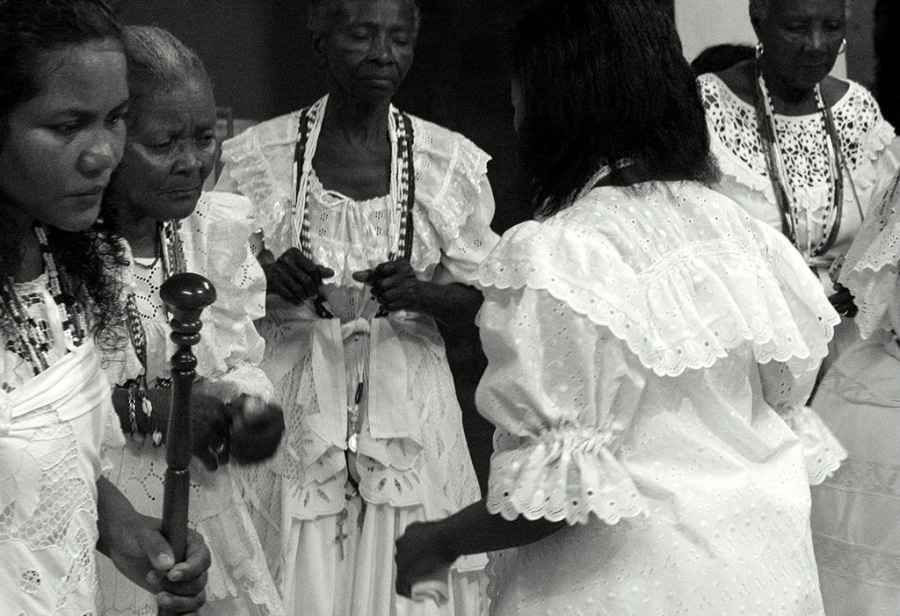“Voodoo Blues”, Saints and Orixàs, from Africa to the New World
Candomblé is the name used in Brazil for the religion developed there through the fusion of the cultures and traditions of peoples from West Africa deported to the New World during the period of the slave trade.
Among the various aspects of these cultures an important part is played by the worship of the orixàs (also known as “santos” or saints), deities which can be likened to forces of nature such as water, wind, plant life and fire and which become involved in the life of human beings and accompany them at all times during their existence.
Paying a price in terms of sacrifices and battling against persecution and prejudice, the Africans and their descendants were able to carry on their traditions in Brazil, preserving this culture now no longer the exclusive privilege of black people but which in fact numbers followers, scholars and enthusiasts of all backgrounds and social classes, both in Brazil and Europe.
The photos were shot in the Terreiro Tambor das Minas, Casa Fanti-Ashanti and the Terreiro Pedra de Encanteria, in São Luis do Maranhao where the religious tradition of the Tambor de Minas is still alive.
The meaning of the word “Mina” comes from the European trading outpost and fort of El-Mina, in modern-day Ghana.
The Mina Africans were all slaves who boarded ships in that port, irrespective of their true ethnic origin.
















